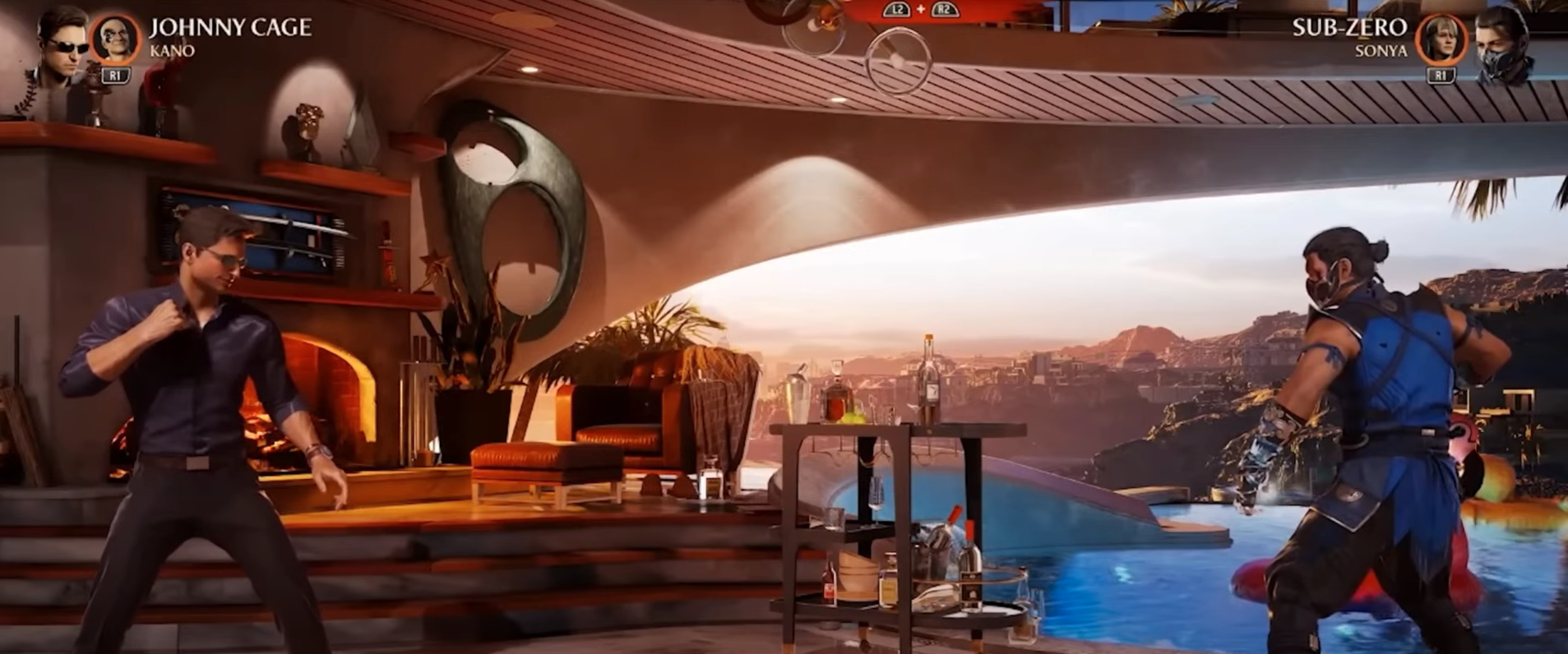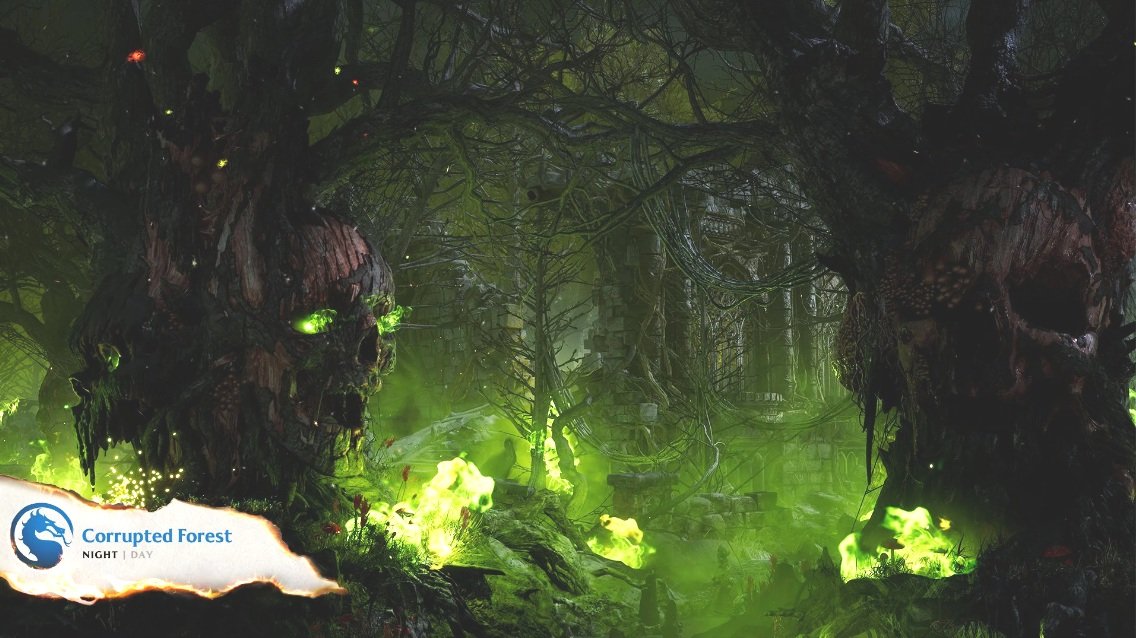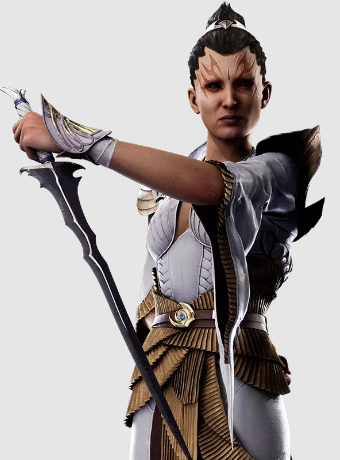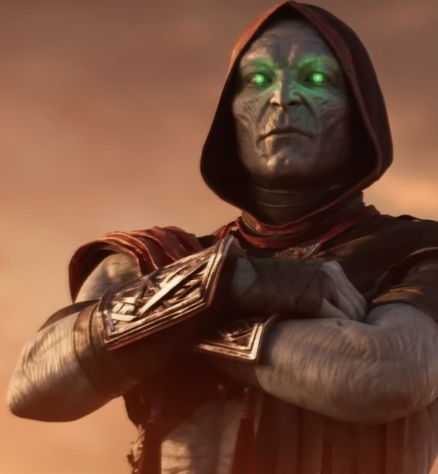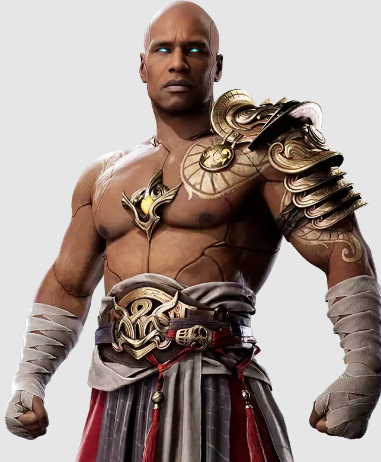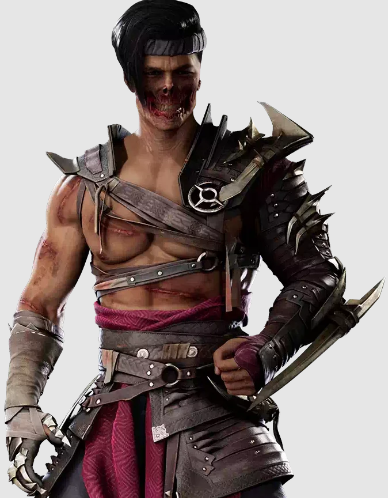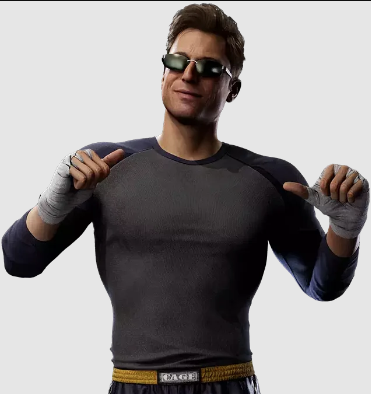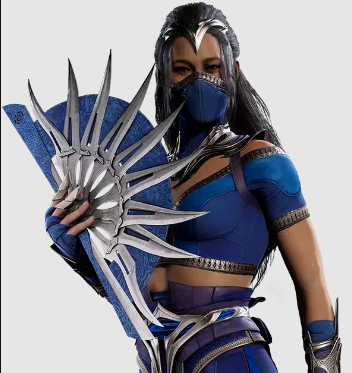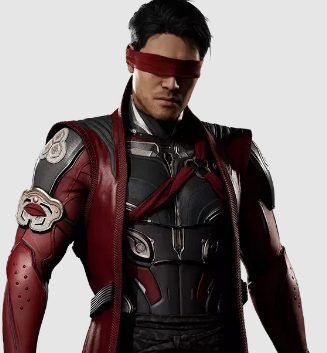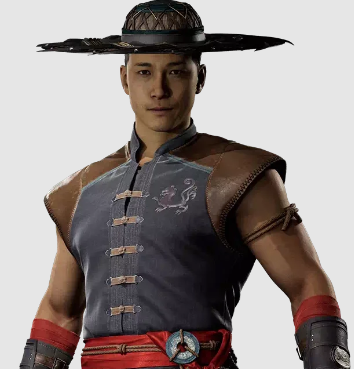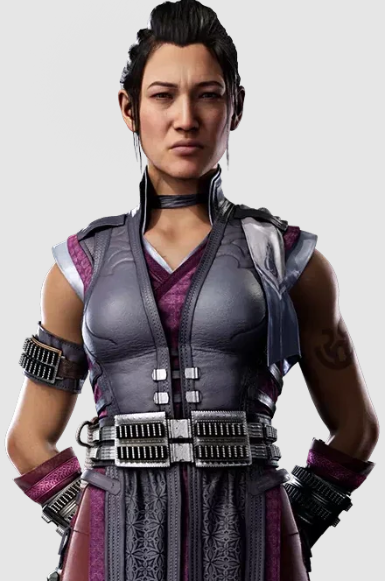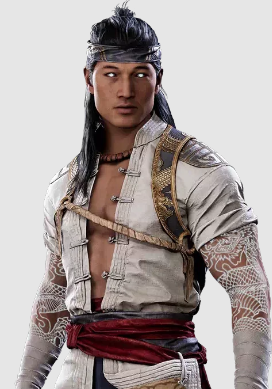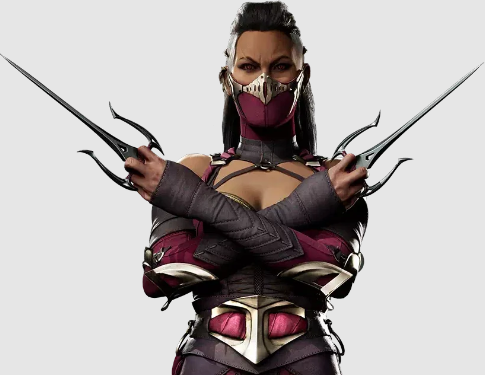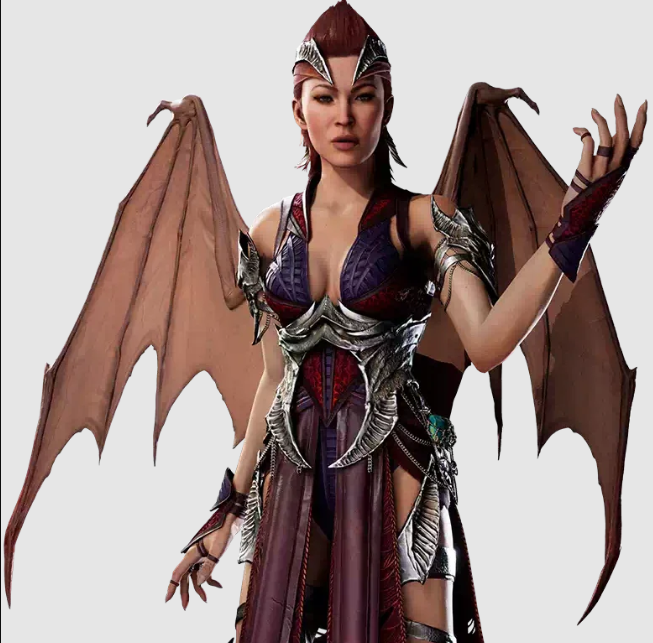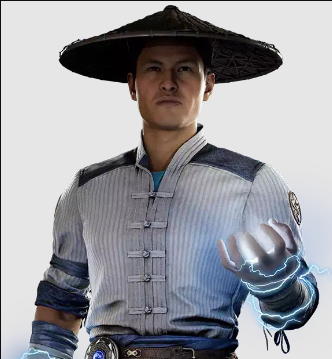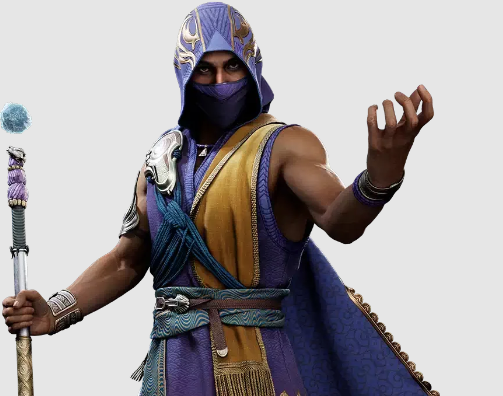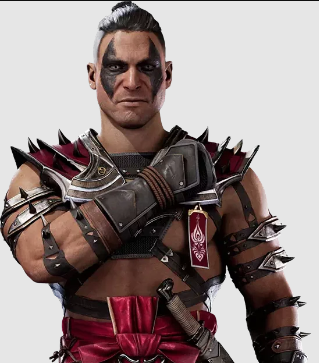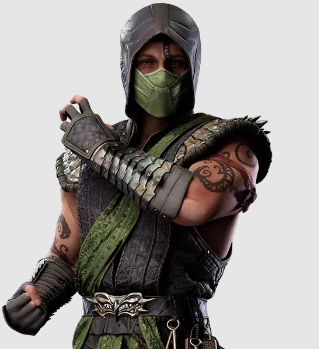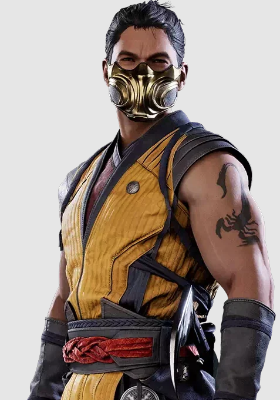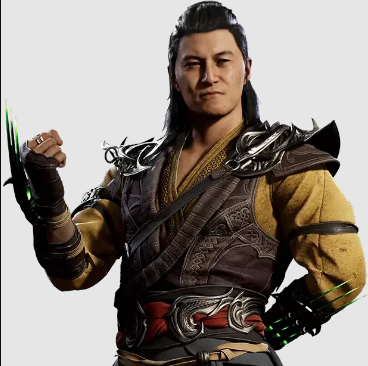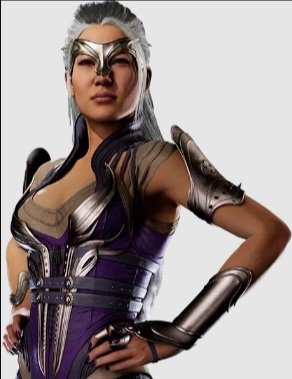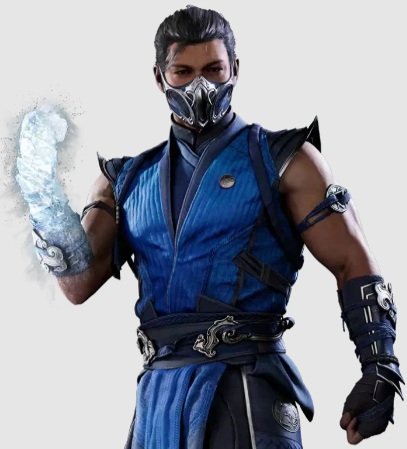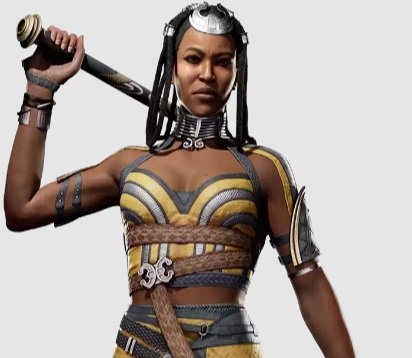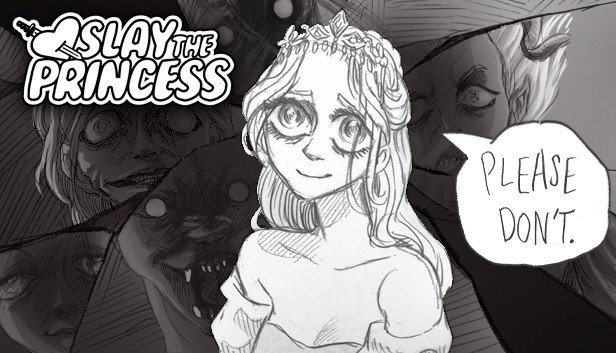Mortal Kombat 1: Embracing a New Era of Flawless Victories and Fatalities
Rich L.
Three decades down the line, Mortal Kombat is still going strong, now boasting its twelfth mainline release, Mortal Kombat 1. This latest installment introduces a new timeline, resulting in characters assuming fresh roles, different settings, and substantial gameplay modifications. While many things have been altered, there are still aspects that feel familiar from storyline to gameplay. Does Mortal Kombat 1 perform a flawless victory, or will it be on the receiving end of a Fatality? Let's find out.
Scenery & Characters
While there may not be too much happening in the background, the scenes are breathtaking. The colors and lighting really shine on some stages like Johnny Cage’s Penthouse, and Edenian Gardens and some have really striking landscapes such as the Corrupted Forest. As for the character models, they look better than Mortal Kombat 11’s and there's more flair to some of their attacks as well. For example, Baraka's blades now give off an orange and black tear effect. The UI during battle feels more livelier, though it would be nice if the health bars could go back to their traditional green, red, and yellow.
Mortal Kombat recently has been lacking in the music department, and this game manages to improve in this area. The standout musical piece, in my opinion, is the theme for Johnny Cage's Penthouse, as it manages to capture the same energy that was a hallmark of the earlier MK games. The voice acting is pretty spot on, even if some of the lines can be a bit awkward and disjointed, now that the intro dialogue, before each fight, are shorter and more abrupt. Most of the voice actors return from Mortal Kombat 11, while some are replaced by characters that weren't in MK11:
Ashrah (Susan Eisenberg): Ashrah is a character who wields a mystical sword and is on a quest for redemption by slaying demons.
Baraka (Steve Blum): Baraka is a Tarkatan warrior known for his razor-sharp blades protruding from his forearms.
Ermac (Jamieson Price): Ermac is a collective entity formed from the souls of deceased warriors, possessing powerful telekinetic abilities.
General Shao (Ike Amadi): General Shao is a leader in the Mortal Kombat series, often associated with the forces of Outworld.
Geras (Phil LaMarr): Geras possesses time-manipulation powers, making him a formidable antagonist in the series.
Havik (Jacob Craner): Havik is a chaotic character, representing disorder and rebellion within the Mortal Kombat universe.
Johnny Cage (Andrew Bowen/Jean-Claude Van Damme): Johnny Cage is a charismatic martial artist and Hollywood actor, known for his humor and flashy moves.
Kenshi (Vic Chao): Kenshi is a blind swordsman with exceptional telekinetic abilities and a tragic backstory.
Kitana (Kari Wahlgren): Kitana is a princess of Edenia, skilled in martial arts, and a central character in the series.
Kung Lao (Sunil Malhotra): Kung Lao is a Shaolin monk with a razor-edged hat as his signature weapon.
Li Mei (Kelly Hu): Li Mei is a warrior with a focus on agility and powerful kicks, often associated with the Dragon King.
Liu Kang (Matthew Yang King): Liu Kang is a Shaolin monk and one of the main protagonists of the Mortal Kombat series.
Mileena (Kari Wahlgren): Mileena is a clone of Kitana with Tarkatan features and a penchant for brutality.
Nitara (Megan Fox): Nitara is a vampiress who uses her wings and agility in combat.
Raiden (Vincent Rodriguez III): Raiden is the Thunder God and protector of Earthrealm in the Mortal Kombat universe.
Rain (Noshir Dalal): Rain is a ninja with control over water, often associated with royalty in the series.
Reiko (Derek Phillips): Reiko is a warlord and a recurring antagonist in the Mortal Kombat games.
Reptile (Andrew Morgado): Reptile is a lizard-like warrior known for his camouflaging and acid-based attacks.
Scorpion (Ron Yuan/Daisuke Tsuji): Scorpion is a vengeful ninja with hellfire abilities and is one of the series' most iconic characters.
Shang Tsung (Alan Lee): Shang Tsung is a sorcerer known for his shape-shifting and soul-stealing powers.
Sindel (Mara Junot): Sindel is a powerful queen of Edenia with sonic scream abilities.
Smoke (Yuri Lowenthal): Smoke is a ninja skilled in stealth and has the ability to turn into smoke.
Sub-Zero (Kaiji Tang): Sub-Zero is a Lin Kuei warrior with cryomancer abilities, and multiple characters have taken up this mantle.
Tanya (Cherise Boothe): Tanya is a sorceress who often changes allegiances and is skilled in dark magic.
The game feels faster as it’s easier to do combos, especially with the removal of the breakaway mechanic. Finishers also seem to have been accelerated compared to MK11, which had started to feel prolonged. Fortunately, combo breakers have made a comeback, albeit at the expense of two energy bars. However, I still yearn for the speed levels seen in Mortal Kombat (2011) and Mortal Kombat X. The biggest difference in gameplay is the addition of kameo fighters, supporting characters that will appear at the press of a button.
Kameos & Storymode
Kameos can be used for extending and starting combos and giving or receiving de-buffs in battle. In most cases, assist characters are limited to just one or two abilities, but kameos boast a minimum of three. They also offer a range of palettes to unlock and even have their own unique Fatality and Brutality moves. There is a drawback, as the player must be grounded to activate them, and during a significant portion of kameo actions, the player remains stationary, leaving them vulnerable to attacks.
Returning to Mortal Kombat vs. DC, the series has always been recognized for its cinematic story mode, and MK1 faithfully, continues this tradition. For the most part, it stands out as one of the best story modes in the series, featuring numerous character interactions, nostalgic callbacks to past games, and some characters are finally in the spotlight for the first time. In the latter chapters of the game, the plot does escalate a bit too quickly.
Nonetheless, the primary issue isn't with MK1’s storyline itself but rather, the persistent problems famous in the MK series, repeat engagement. Once the story is finished, there's little reason to go back to it, and not every character has a chapter of their own. It's especially frustrating that the antagonists didn’t receive a chapter as I thought this would've gotten better after Mortal Kombat 11 Aftermath. I guess some things don’t change. As for the protagonists who returned, they don’t get a chapter either but are granted a moment in time in the finale.
Invasions & Negatives
In regard to unlocking content, it's fantastic how MK1 is more accessible to unlock most gear and outfits, due to its progression system. Leveling up the player’s profile, characters, and kameos will unlock content such as costumes, gear, fatalities, and brutalities and this can be done in any game mode.
Shoutout to @bolodagawd for the Invasions Map
The new single player mode, Invasions, is more entertaining than the Towers of Time from MK11. It introduces a cohesive plot and offers more visual variety for players. This is a great concept with some questionable execution. The constant need to maneuver the character back and forth on the stage, especially without a map, can be discouraging and the random battles that occur during this process doesn’t make the gameplay any easier.
Sadly, Invasions have some of the same issues Towers of Time had, where many of the opponents use obnoxious mechanics, like additional armor to battle you. Also, the idea of a “rotating mode” is both a blessing and a curse. On one hand, it addresses one of the primary issues with MK11's Towers of Time, where you could miss a tower for a character you like simply because you couldn't play the game 24/7 and two, it also provides ongoing content to look forward to in the future.
The downside is that once you've completed the Invasions map, the amount of single-player content available begins to fade. While MK1 still offers more than most modern fighters, it feels like a step down compared to the past few entries. Lastly, failing to finish the Invasions map before it rotates out leaves players uncertain about when they'll get another chance to attempt it. This seasonal model has become a frustrating trend in modern games for precisely this reason.
Gear Management & Dragon Krystals
As for the management of alternate attire and gear, this is another issue I have with the game. Now, while it's exciting to see some longtime characters return, it would've just been nice to see some playable classic costume designs as well. Not only are there not many alternate outfits in the game (due to the reliance on unlocking most through Invasions mode), if you have an older design you love for a character, good luck finding them. It's very frustrating for the 3D era characters, who haven't had their old designs used in over a decade, just rot. Also, for some of the ninja characters like Scorpion and Sub-Zero, who have their classic designs in their kameo versions, you can’t play in those garments in real time.
These decisions seem a bit strange, almost like they're trying to push this whole "new era" idea on us. It feels like they're doing it just to make kameos more important and nothing else. This game also continues the problem of not letting the second player select any outfits that the first player unlocked, without making progress in their own save file. The gear system returns, though it's only one slot as opposed to three this time, which was a good decision for cutting down unnecessary gear pieces (It's still a shame as there are a few characters like Rain and the female ninjas, who I would've loved to change their masks and not just their weapons for). It is also unfortunate that there is a currency that can be bought called dragon crystals. Normally, this wouldn't be an automatic negative, however, the game is quite frugal with giving them to the player. Regrettably, if you don't have dragon krystals, player outfits will set you back $8 each.
Online Experience & Final Thoughts
I'm glad to say that my online experience was mostly enjoyable. All of my matches were found quickly, especially for playing late at night on a weekday. I didn't encounter any glitches during my gameplay, except for one match I lost where my character was frozen in the classic "FINISH HIM" pose while my opponent remained immobilized. The screen stayed frozen until I restarted the game.. Thankfully, online still has the hilarious “Quitalities” where if someone quits mid match, their character just explodes into blood and guts. The most amusing part was when this occurred right after I executed Nitara's grab, where she swiftly lifted her opponent into the air and then slammed them onto the ground.
Apart from the absence of crossplay, the online mode is quite reasonable.
Mortal Kombat 1 has a lot to love, and it is a solid fighter that manages to be fun while delivering a good package compared to what many other recent post -2020 fighting games have to offer. It also has a lot of strange and questionable decisions, as well as some flaws that have stayed around from previous entries. This does hold it back from being, as Shao Kahn used to say, “Superb!”. While I would still recommend it, it could lose its current place at the top once the King of Iron Fist tournament, re-enters the ring come January 2024.



